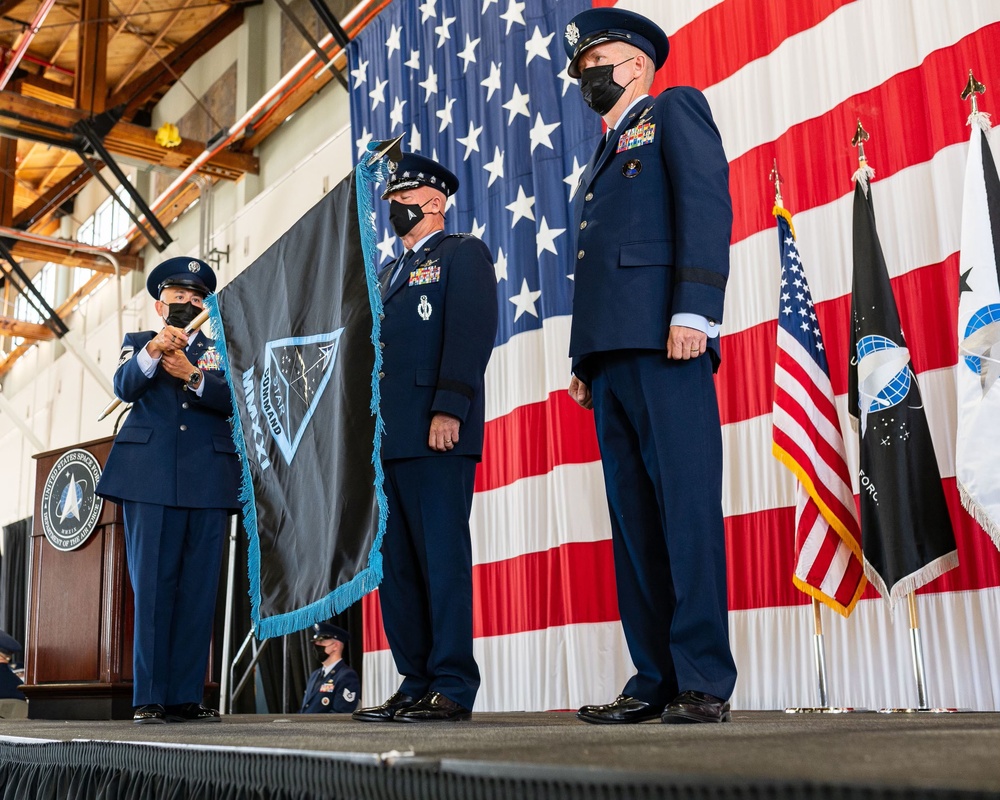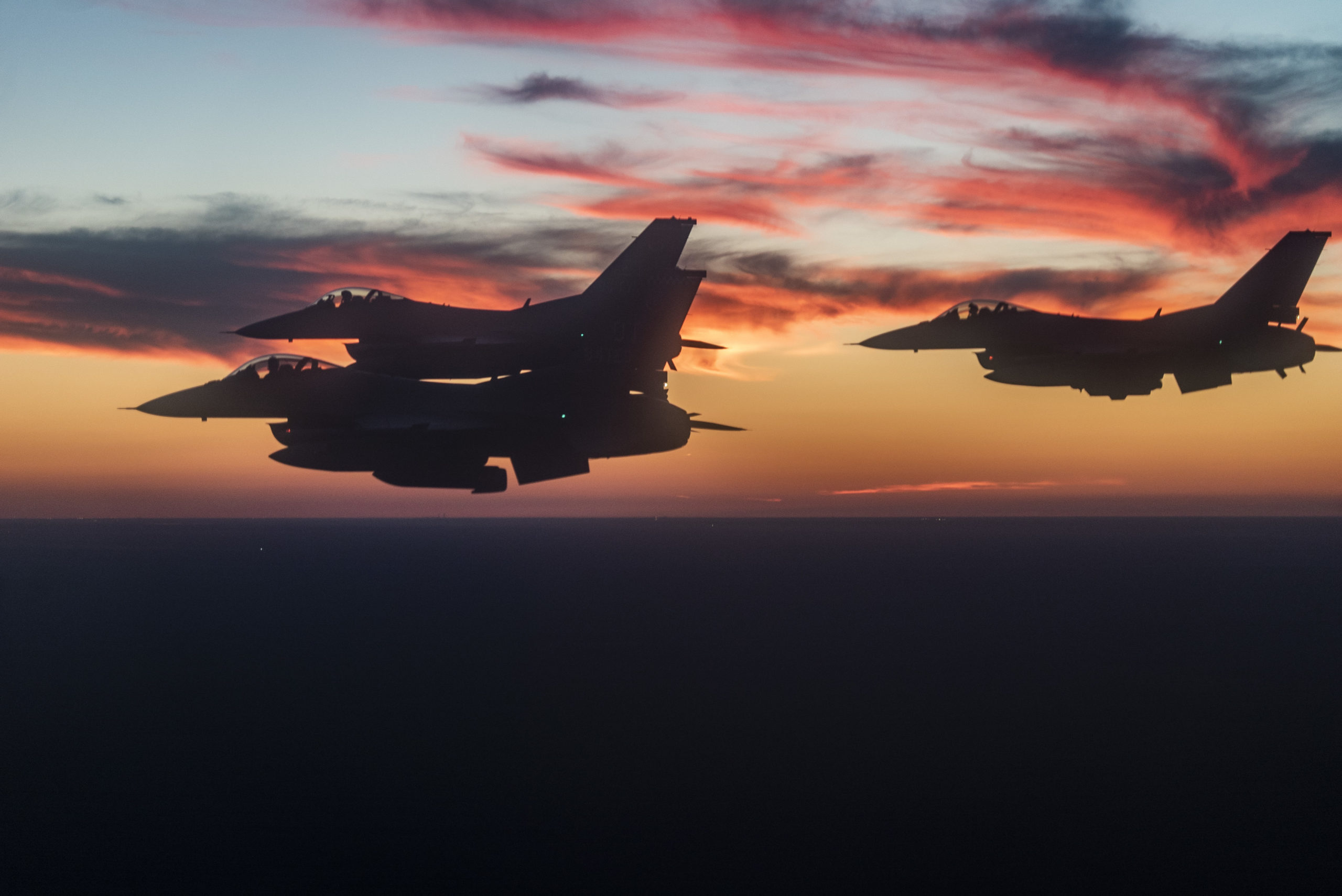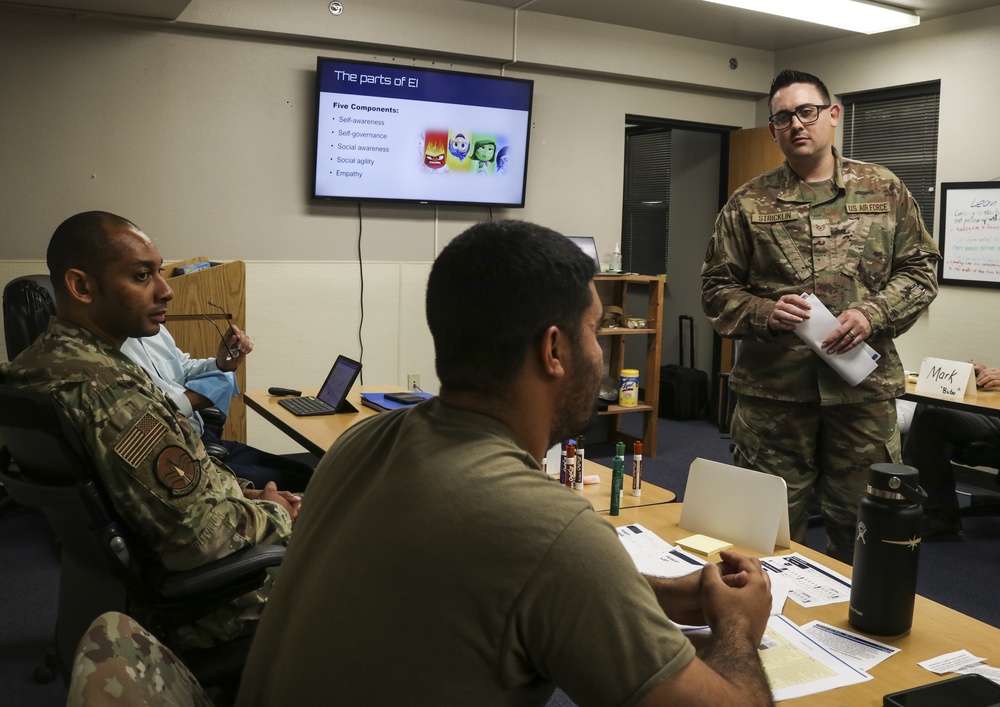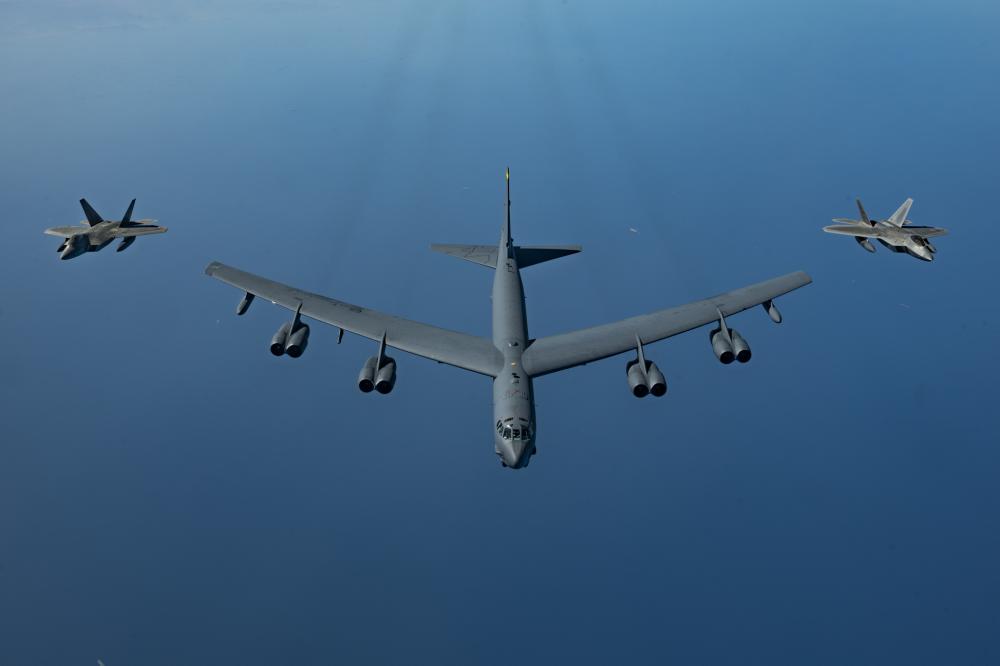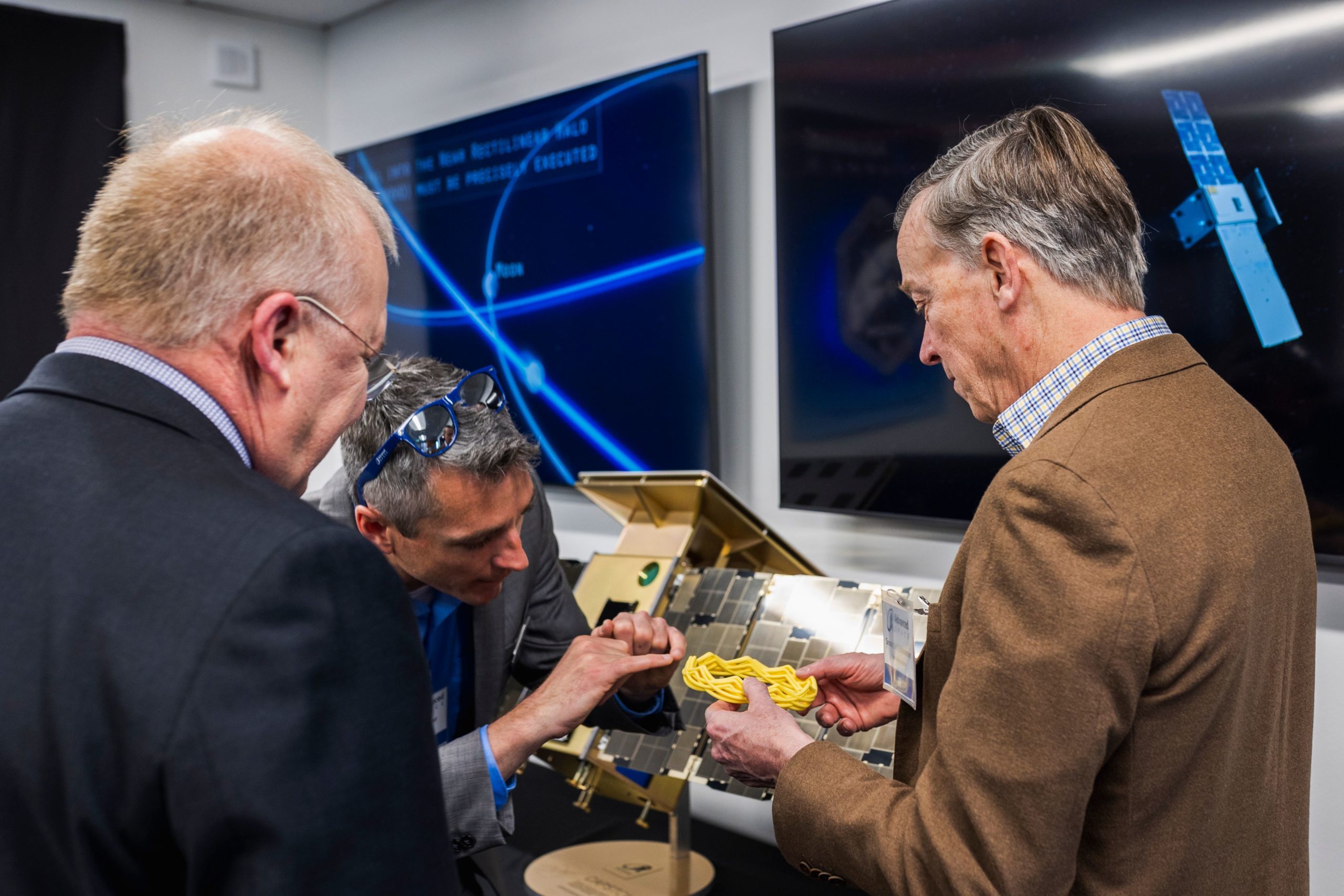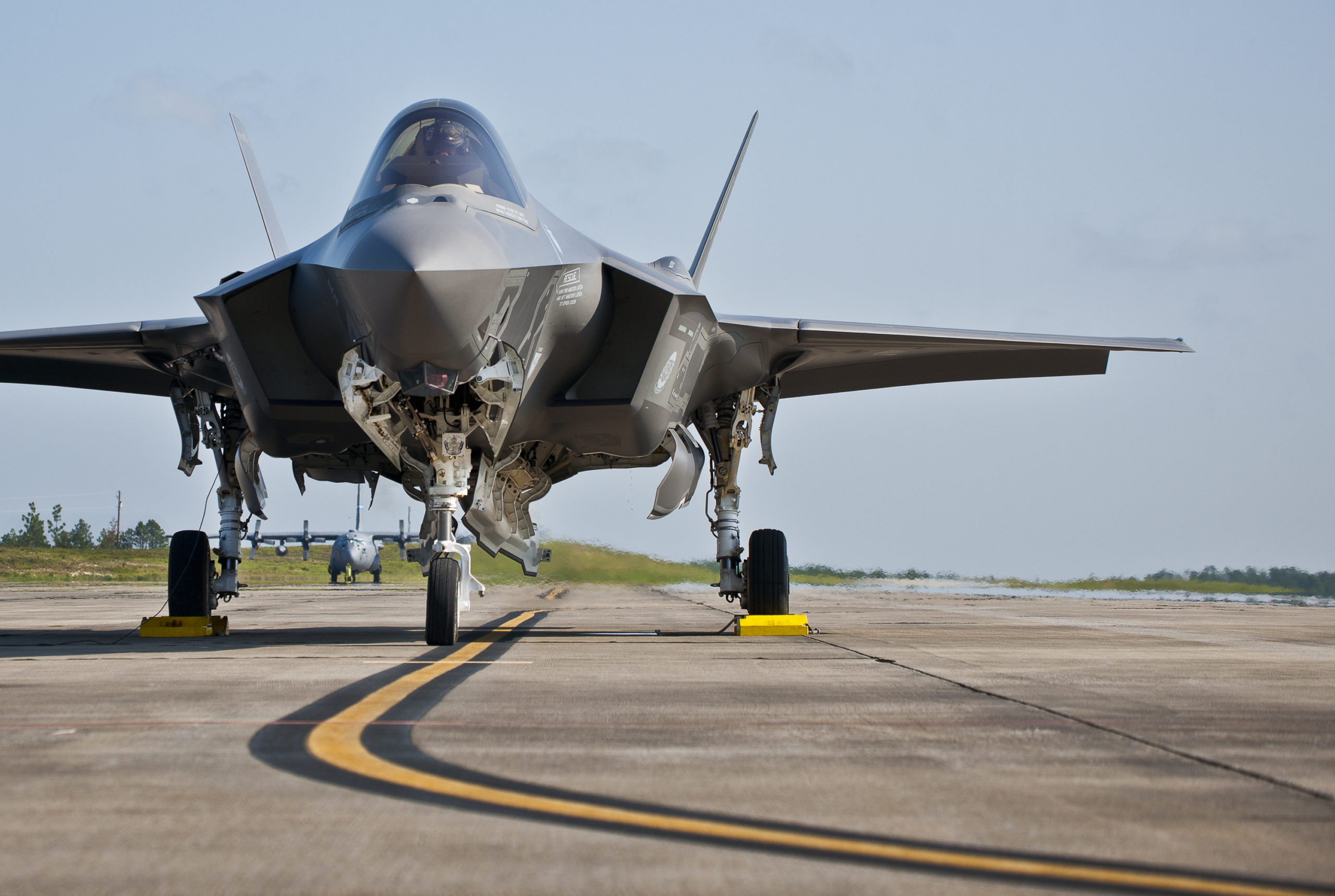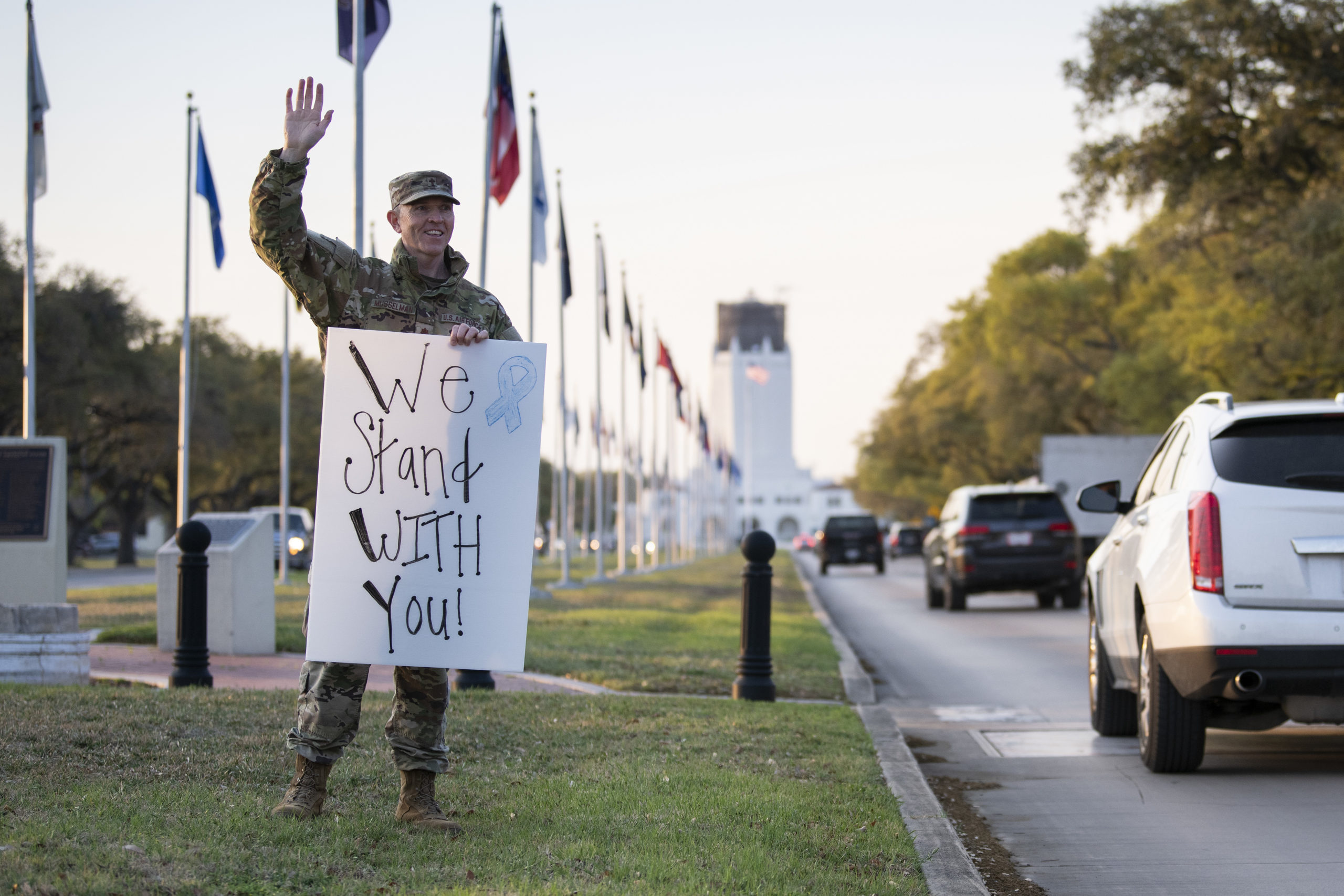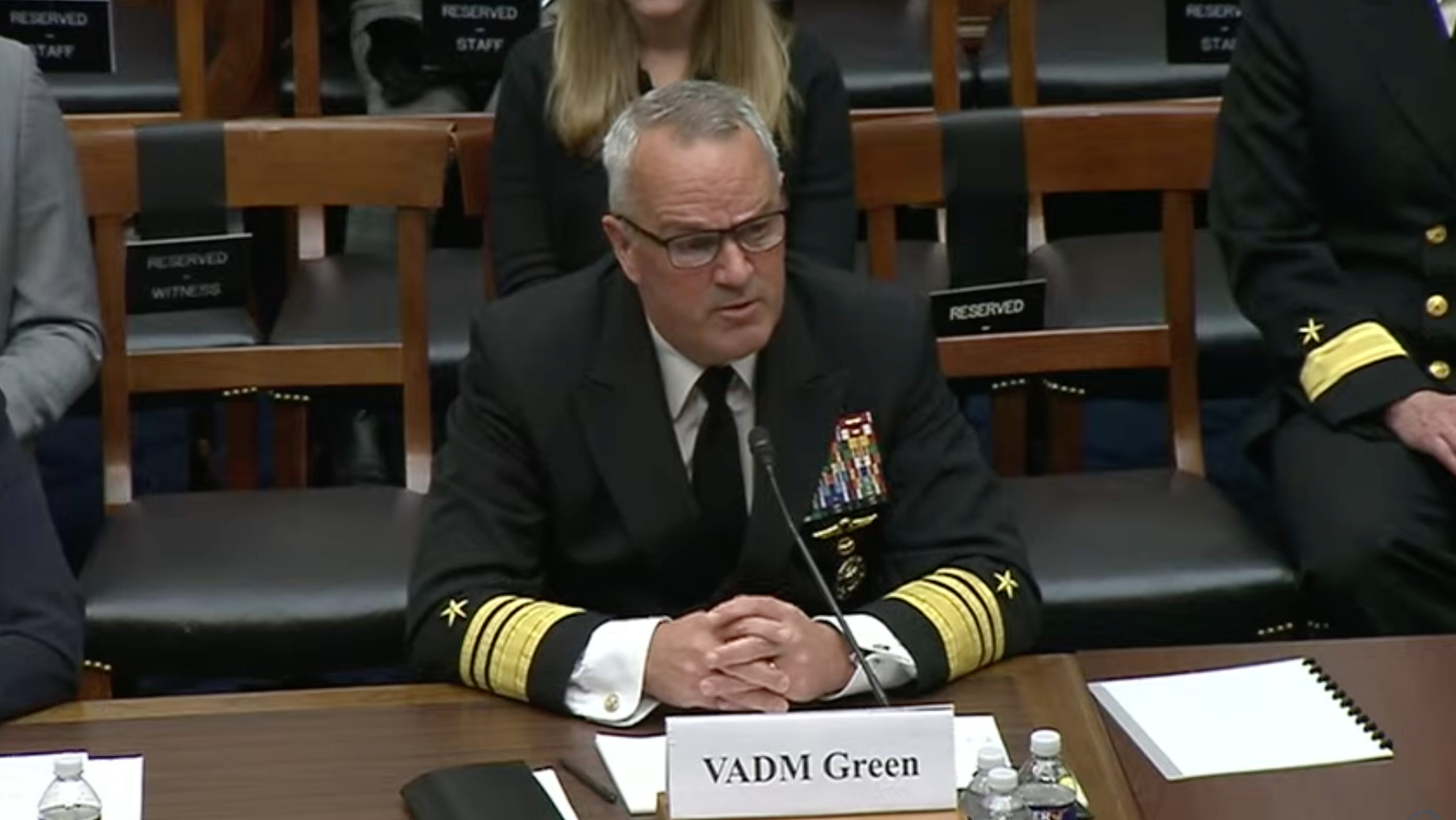Six bases are being considered as the eventual home for the Space Force’s Space Training and Readiness Command, the Department of the Air Force announced April 4.
All five of the locations currently designated as Space Force Bases are under consideration—Buckley, Peterson, and Schriever in Colorado; Patrick in Florida; and Vandenberg in California. In addition, Los Angeles Air Force Base, which is set to be renamed Los Angeles Space Force Base, is a contender.
Site surveys of the bases will begin in late April or early May 2022, DAF said in a release, with assessments based on “mission, infrastructure capacity, community support, environmental considerations, and cost.”
At the moment, STARCOM is transitionally based at Peterson, in Colorado Springs, Colo.
In addition to STARCOM’s headquarters, the department also detailed the state of the basing decisions for the five Deltas that help make up the field command.
Delta 1, which is focused on training, is permanently located at Vandenberg Space Force Base.
Delta 10, focused on wargaming and doctrine, only has one candidate location being considered—Patrick Space Force Base, “because of its proximity to a Department of Defense modeling and simulation capability with resident space expertise,” according to DAF. Delta 10 is temporarily located at the U.S. Air Force Academy.
Deltas 11 and 12, focused on range and aggression and test and evaluation, respectively, have the same two candidate locations: Schriever Space Force Base and Kirtland Air Force Base, N.M. Both locations “offer existing range infrastructure that supports test, training, and exercise activities within close distance to range and aggressor stakeholders,” according to the department release. Delta 11’s temporary location is Schriever, Delta 12’s is Peterson.
Delta 13, focused on education, doesn’t have any candidate locations at the moment. The Department of the Air Force said it will conduct a strategic basing process for the Delta after the Space Force establishes its curriculum and structure. It is currently based out of Maxwell Air Force Base, Ala.
Site surveys for Deltas 10, 11, and 12, will finish in 2022, the department said.
STARCOM was the last of the Space Force’s three field commands to stand up, and it’s the last still looking for a permanent headquarters—Space Operations Command is headquartered at Peterson Space Force Base, and Space Systems Command is headquartered at Los Angeles Air Force Base.

